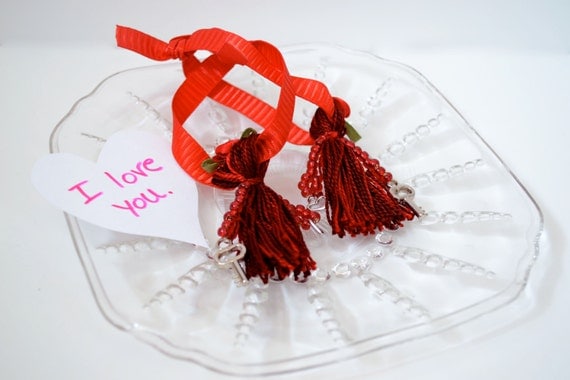Become a cashier in a store that uses receipts printed on thermal paper. A new article in Science News, Receipts are a Large — and Largely Ignored — Source of BPA, claims that the average receipt on thermal paper contains 2.5 percent of a person’s daily dose of BPA. This probably isn’t a problem for the average consumer, but cashiers, particularly if pregnant, could conceivably be getting their daily dose or more by handling the receipt paper.
BPA is used in plastics production and is a hormone mimic and
has been tied to health risks from behavior problems to obesity and heart ailments.
There is tentative evidence that not only does the BPA easily transfer from paper to skin, but that it may be absorbed through the skin into the bloodstream. Certainly it would be a good idea not to touch your face after handling receipts, as mucous membranes (think of your eyes, and the inside of your nose and mouth) are very good at absorbing things into your bloodstream, much better than your skin.
Cashiers might be tempted to wear gloves, but according to another article in Science News, Cashiers may face special risks from BPA, that is a bad idea. Gloves are often a poor barrier to small molecules like BPA. The BPA will most likely permeate the glove and then be trapped next to the skin, making it more likely to be absorbed into the skin.
Children also should not be handling receipts, in my opinion. I will describe how to calculate the probable amount of BPA in a receipt (using numbers from the article), and compare that to the daily dosage of 50 micrograms per kilogram of body weight thought by U.S. and European agencies to be tolerable (also in the article).
How to calculate BPA in a receipt and compare to (probably tolerable) daily dosage level:
- Estimate weight of receipt. Probably .1 gram (I’m sorry I can’t be more precise, my postal scale won’t go so low)
- Multiply by 1 million to convert grams to micrograms = 100,000 micrograms receipt
- Each receipt has 1.09 to 1.70 percent BPA by mass (Warner). We’ll use 1.70 to get the high estimate (worst case scenario). Multiply 100,000 by .017 = 1700 micrograms BPA in the receipt.
- Weigh yourself. I’m in the U.S., so let’s take 150 lbs as our example (no, it’s not my weight, I have to put something here :) ). If you’re in the U.S. like me, divide the weight in pounds by 2 to estimate weight in kilograms. Skip this step if you live anywhere else. :) So for U.S. readers, divide 150 by 2 to get 75 kilograms.
- Now, this is the complicated bit (because I have to type it out in this blog instead of just writing the equation out). We want to divide the micrograms of BPA in the receipt by kilograms of body weight to get the dosage of micrograms of BPA per kilogram body weight. Divide 1700 by 75 = 22.67 micrograms per kilogram of body weight.
Okay, that’s well within tolerable limits for the average adult woman. No worries there. But, that’s just one receipt. What if the woman is a cashier and handles receipts and the rolls of paper they are printed on all day? She might be getting worrisome dosage levels.
BPA affects development, so children and babies can be especially affected. Let’s take a 30 pound child, a typical weight for a 2 or 3 year old. After we do all the math, the toddler will get 133.33 micrograms BPA per kilogram of body weight. That is well beyond the safe range with just one receipt. Don’t let your children play with your store receipts.
On July 15, the (U.S.) Environmental Protection Agency launched a BPA Alternatives in Thermal Paper Partnership. The program is recruiting paper companies, receipt-paper retailers, environmental groups, chemical companies and trade organizations to brainstorm ways to move “towards safer alternatives.”
I hope they come up with something, and there are some safer alternatives, one of which is used by Appleton Papers, the largest thermal paper producer in the U.S., but for now, there is no way for cashiers and consumers to tell which kind of paper they are using.







Katelynn Rezentes
/ August 31, 2010This a fabulous post and may be one that is followed up to see how things go
A friend mailed this link the other day and I will be excitedly waiting your next write-up. Continue on the fantastic work.
frayedges
/ September 6, 2010I also read this article. Wish there wasn’t so much poison out there! That’s probably why I got cancer. Good work here. I have two awards for you. If you’d like to accept, you can find them here: http://frayedges.wordpress.com/2010/09/06/blogger-awards/
Morganna
/ September 6, 2010Thanks for the awards, but I don’t think I’ll accept at this time.